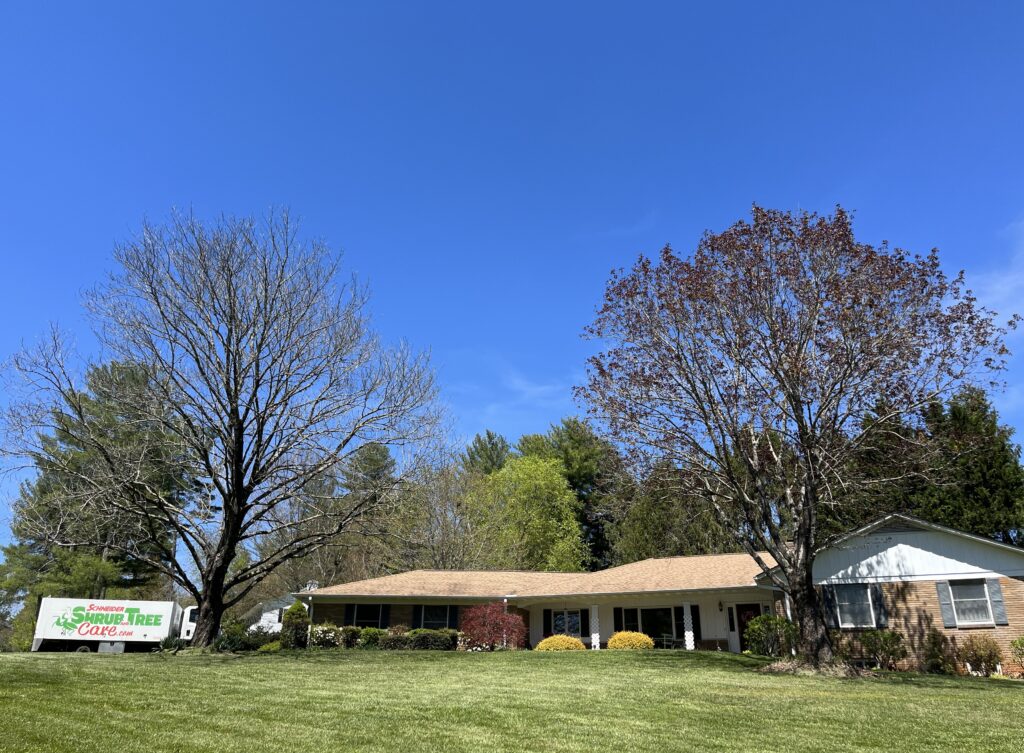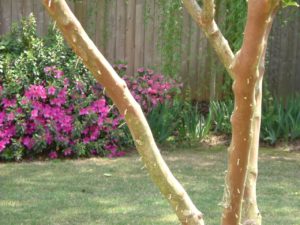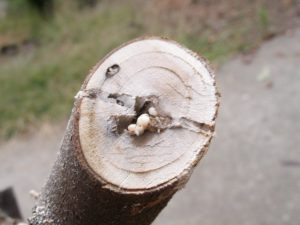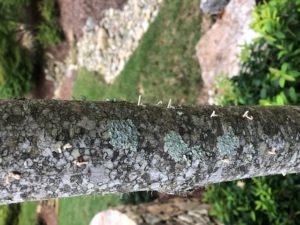Pest Alert – Ambrosia Beetles
go.ncsu.edu/readext?580867
en Español / em Português
El inglés es el idioma de control de esta página. En la medida en que haya algún conflicto entre la traducción al inglés y la traducción, el inglés prevalece.
Al hacer clic en el enlace de traducción se activa un servicio de traducción gratuito para convertir la página al español. Al igual que con cualquier traducción por Internet, la conversión no es sensible al contexto y puede que no traduzca el texto en su significado original. NC State Extension no garantiza la exactitud del texto traducido. Por favor, tenga en cuenta que algunas aplicaciones y/o servicios pueden no funcionar como se espera cuando se traducen.
Português
Inglês é o idioma de controle desta página. Na medida que haja algum conflito entre o texto original em Inglês e a tradução, o Inglês prevalece.
Ao clicar no link de tradução, um serviço gratuito de tradução será ativado para converter a página para o Português. Como em qualquer tradução pela internet, a conversão não é sensivel ao contexto e pode não ocorrer a tradução para o significado orginal. O serviço de Extensão da Carolina do Norte (NC State Extension) não garante a exatidão do texto traduzido. Por favor, observe que algumas funções ou serviços podem não funcionar como esperado após a tradução.
English
English is the controlling language of this page. To the extent there is any conflict between the English text and the translation, English controls.
Clicking on the translation link activates a free translation service to convert the page to Spanish. As with any Internet translation, the conversion is not context-sensitive and may not translate the text to its original meaning. NC State Extension does not guarantee the accuracy of the translated text. Please note that some applications and/or services may not function as expected when translated.
Collapse ▲Ambrosia beetles are killing trees across Western North Carolina. Storm damaged trees post Hurricane Helene are being finished off by the beetles. Even big apparently healthy trees are being killed.
Also, as more people move to the area and plant susceptible plants, we have been seeing more trees being attacked over the past years. Crape myrtles, Japanese Maples, redbud, and many other trees are susceptible. We even see the pesky insects in fruit orchards and vineyards where they kill weak plants.

Ambrosia killed maple (on left) spring 2025. This could be related to damage caused by Hurricane Helene. Photo courtesy of Steven Carrol Schneider Shrub and Tree.
This group of wood boring beetles is made up of many different species.
Some ambrosia beetles are native, performing a very important ecological role as decomposers by breaking down dying trees. Other ambrosia beetles are non-native having been introduced from Asia and Europe in untreated packaging materials such as pallets. Species vary in size from 1/10 – 1/4 of an inch, most considerably smaller than a grain of rice.
Ambrosia beetles drill into wood creating holes smaller than the diameter of a pencil lead. They do not eat the wood; they gnaw it and push it out behind them as they construct their tunnels. Sometimes a toothpick-like protrusion of sawdust will form at the hole.
The beetles do not eat the wood. Rather, their larvae which they deposit in their tunnels, eat a fungus. They carry the fungus on their bodies and as they drill into the tree, the wood is infected. The drilling of most ambrosia beetles is harmless while the fungus actually kills the plant by clogging the stem so no water can move up from the roots.
Adult beetles emerge from infested trees and seek out sick trees in February when we get a few days of warm weather. The beetles actually smell chemicals released by sick trees. Often, they will reenter the same tree where they were born. There will be two or three generations of the beetle per year.
The best control of the ambrosia beetle is to keep your trees as healthy as possible. Plant them correctly and avoid over-watering. Do not damage trees and do not use too much mulch over the root system. If you have a particularly important plant that you do not want to lose or if you have had trouble with ambrosia beetles before, a spray of bifenthrin insecticide applied to the bark of the trunk of the tree in Mid-February, mid-March, and mid-April can offer protection.









